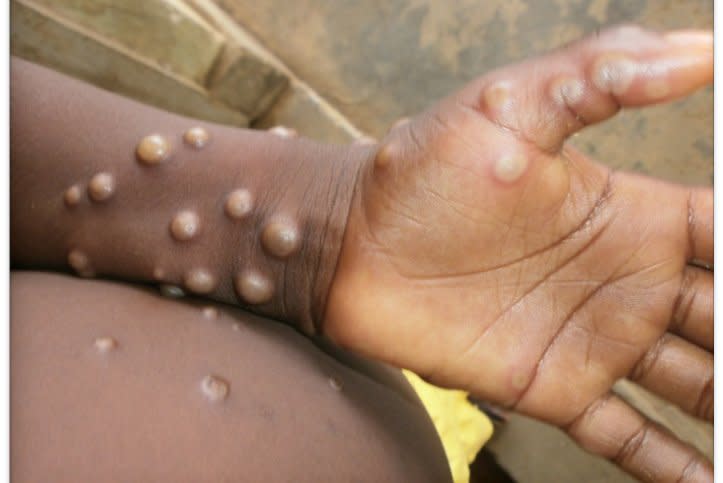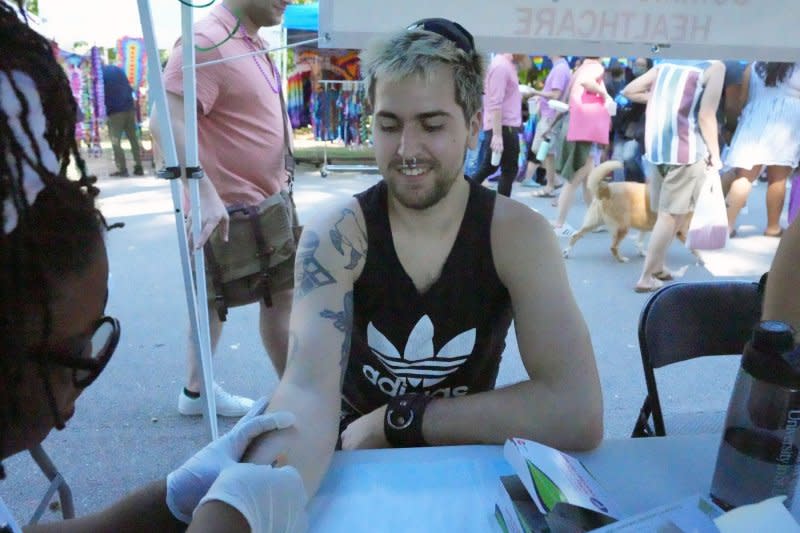Mpox infections double last year's rate in U.S.

March 28 (UPI) -- Mpox cases in the United States are double what they were last year at this time, and transmission rates are on the rise while vaccination rates are lagging, experts said Thursday.
So far this year, 511 cases have been reported through March 16, according to the Centers for Disease Control and Prevention, compared with 300 cases by the end of March last year.
Transmission rates are lower than they were in 2022, when tens of thousands of cases were reported, prompting a public health emergency which expired last year.
But experts say the United States is vulnerable to increases in cases in a number of ways, including a drop-off in federal resources that were scaled back when the public health emergency ended. Vaccination rates are still relatively low, officials have said, leaving many more people at risk of contracting the virus.
The CDC also alerted health-care providers in December about another subtype of the virus found to be more transmissible and cause more severe disease than the subtype responsible for the 2022 outbreak. The new variant has not been found in the United States, but is spreading in the Democratic Republic of Congo.

"This has the potential to become a fairly prevalent infectious disease, but the advantage with mpox is, we have a vaccine that's effective. We don't have that for syphilis, gonorrhea, chlamydia or HIV," said Dr. Marcus Plescia, chief medical officer for the Association of State and Territorial Health Officials.
"We've had fairly good participation in the vaccination push, but we're not anywhere close to getting most of the at-risk population vaccinated. Until that happens, we're going to see outbreaks and upticks in cases in various places."
Mpox, formerly known as monkeypox, is a less severe variant of the now-eradicated smallpox virus, and it is spread through close personal contact. Initial symptoms mirror the flu, with patients experiencing fever, chills, exhaustion, headache and muscle weakness. Patients often experience a rash with raised lesions that scab over and can take weeks to heal.
Men who have sex with men are particularly at risk of contracting mpox, and those who have HIV are more at risk of severe outcomes, including death. Health officials recommend a two-dose regimen of the vaccine, known by its brand name Jynneos, with the shots given about a month apart.
In most states, less than one-fourth of the population at risk has been fully vaccinated with the two-dose series since it was authorized for emergency use in August 2022, CDC data show.
The District of Columbia has the highest vaccination rate in the United States, where 68% of the at-risk population has received both shots, but coverage is below half elsewhere in the country. Coverage is below 10% in eight states, the CDC said.

